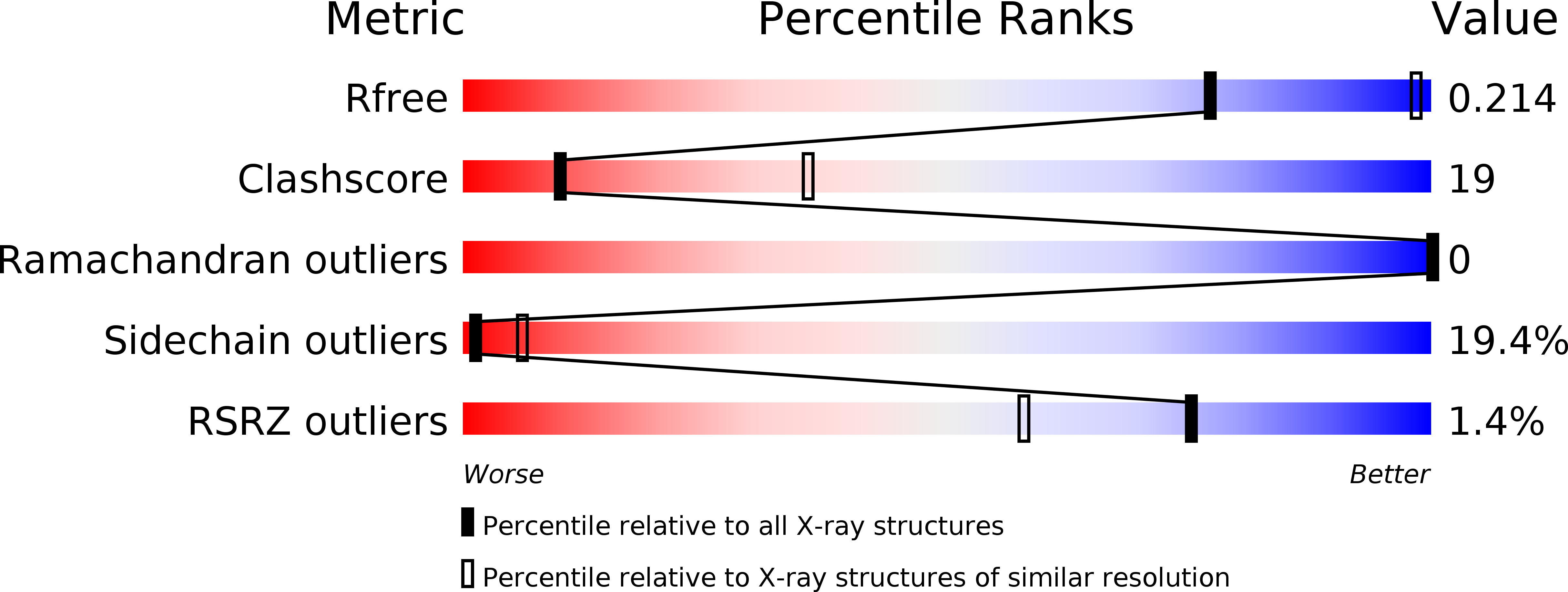
Deposition Date
2015-03-06
Release Date
2015-10-21
Last Version Date
2024-10-23
Entry Detail
PDB ID:
4YM4
Keywords:
Title:
Truncated Human TIFA in complex with its Thr9 phosphorylated N-terminal peptide 1-15
Biological Source:
Source Organism:
Homo sapiens (Taxon ID: 9606)
Host Organism:
Method Details:
Experimental Method:
Resolution:
3.12 Å
R-Value Free:
0.23
R-Value Work:
0.21
R-Value Observed:
0.21
Space Group:
P 42 3 2


